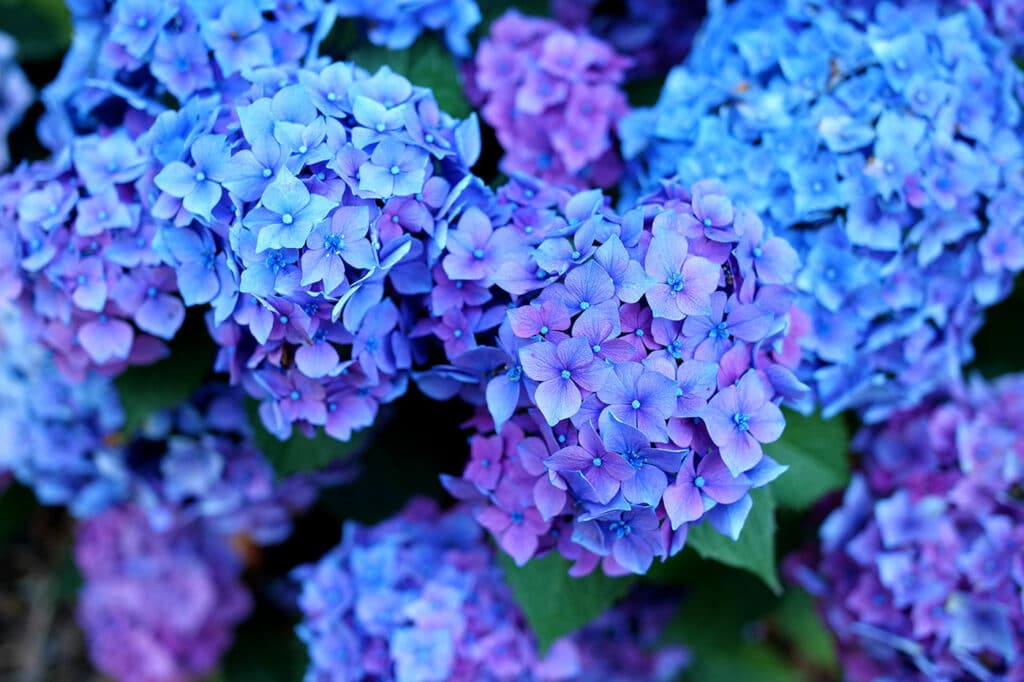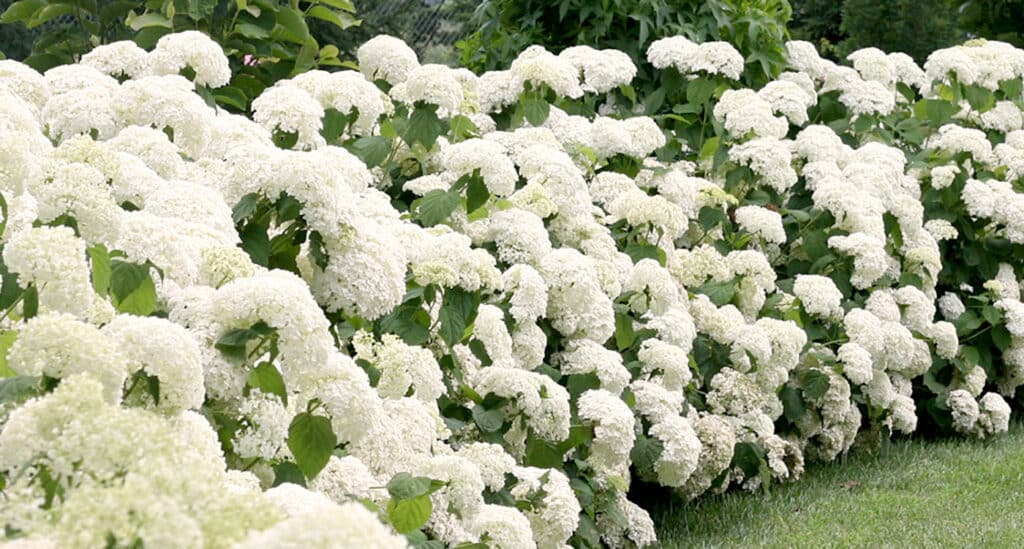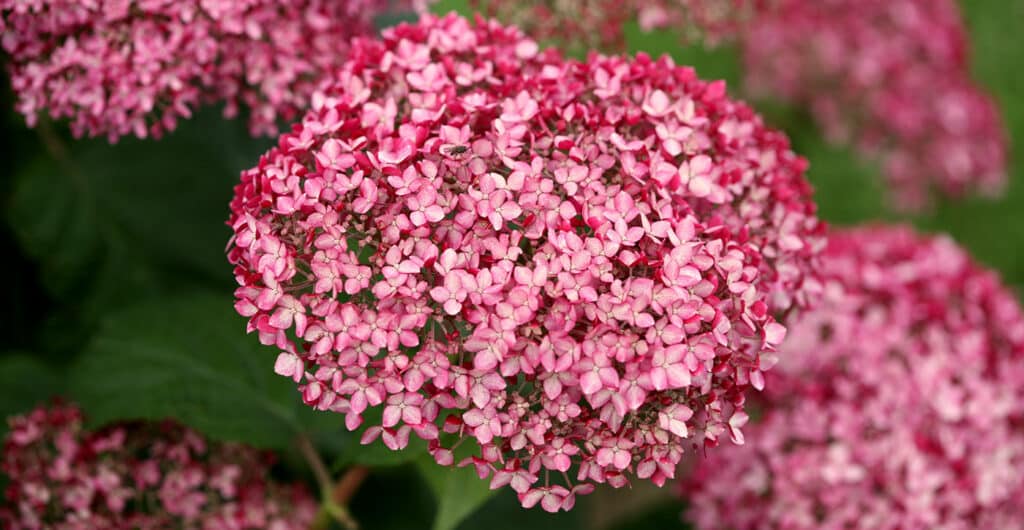Getting Started With Hydrangeas: 5 Things to Consider
Experienced gardeners and novices alike enjoy growing hydrangeas for a variety of reasons. They produce beautiful blooms that add curb appeal and can be cut and added to flower arrangements, blooms left on the plant could last from weeks to months depending on the variety. They are perennials, meaning they grow year after year, and are relatively easy to grow and maintain, no replanting necessary. Overall a very easy plant to grow and maintain.
When shopping for a new hydrangea, here are 5 things to help you get started:
1) Consider where you are planting it. Ideally, hydrangeas need 4 to 6 hours of sunlight, preferably morning sun, avoid hot afternoon sun from 2-5pm. Choose one that is the right size for your space. Some grow very large during their lifetime. By choosing the proper variety, you can avoid pruning in the future.
2) Select a plant that has blooms on it or that is a larger, more mature plant so you don’t have to wait as long for blooms. Learn the different ways hydrangeas bloom to determine the best plant for your space.
Panicle and smooth hydrangeas flower on new wood (growth created in the current season). Flower buds form after the plant leafs out in spring then opens a few months later in summer. As a result, these plants flower reliably each year, no matter how cold the winter was.
Bigleaf, mountain, oakleaf, and climbing hydrangeas flower on old wood (growth created in the previous season). Flower buds begin to form in late summer and must remain undisturbed all through the fall, winter, spring, in order to flower the following summer.
Reblooming hydrangeas (remontant hydrangeas) are types of big leaf and mountain hydrangeas that have the unique ability to flower on both old and new wood. Even if the buds are damaged in winter weather, the plant can still flower on wood it produces that season.
Keep in mind some hydrangeas won’t produce blooms for 2 to 5 of age, buy a hydrangea with buds already on it and you know you have a plant old enough to continue to produce blooms.
3) Add compost or mulch to your newly planted hydrangea and provide plenty of water to help the plant get established. It’s always good to test your soil to make sure you add the correct nutrients to help your plant grow and bloom. Fertilize once early in the season if needed. Most of the time, you don’t need to fertilize every year., but if needed, do not fertilize past July.
4) All hydrangeas undergo some color change as their flowers age, but only big-leaf and mountain hydrangeas can change color in a predictable way due to the presence of aluminum in the soil.
You can also try to change the color on your own. A soil test is necessary to determine the best course of action. It is easier to change a hydrangea from pink to blue than from blue to pink, but both endeavors involve making chemical application in specific amounts at specific times. If you decide to try to change the flower color, choose a soil acidifier and read all directions.

Using a soil acidifier at the right time, in the right amount, helps turn hydrangeas from pink to to a stunning blue color.
5) Hydrangeas are relatively low maintenance, and most do not require pruning. Most will grow and flower well with the basic steps of removing spent flowers and any dead wood in the spring. If you need to prune your plant, find out what type. Some hydrangeas bloom on old wood, meaning the flower buds are setting on last year’s wood. We don’t recommend pruning these types of hydrangeas. If they need a light pruning do so right after they finish blooming.
If you notice your plant is not blooming, deer could be the culprit. Talk to your gardening associate about deer deterrents.
We hope you find a great hydrangea in our Garden Center that will provide beautiful blooms for years to come.



